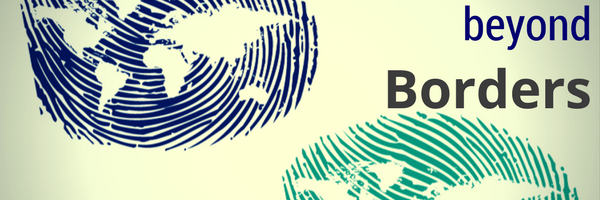
|
|
|
|
How to Spot a Global Leader What does a global leader look like? Are they walking around with any distinct features, or special characteristics that brand or identify them? Just because you have an excellent executive in your home country who has given you great results year after year, doesn’t mean you can place them on a jet and send them to work overseas, it also doesn’t mean he/she will be ready to lead your global initiatives right here at home. Knowledge, experience and competencies are all critical, but being a global leader requires some unique qualities. For example, can your best leaders be molded? Can you teach them sensitivity? Can you teach them energy? The best global leaders are a breed in and of themselves, partly because of nature and partly because of their life experiences. They have a “magic mix” of skills and behaviors that come together to create a competitive advantage for your company. When assessing top talent for your global organization, be aware of the top three differentiators and you will find the right person: Ambassadors – Global leaders are the company they represent. They stand for and represent the company’s core values. People may never get to visit your headquarters to see how you operate; a global leader brings corporate culture to them, they are your spokesperson. Explorers – Effective, successful global leaders love exploring new places and learning about new environments. A global leader once told me there are two kinds of global travelers, those who arrive, go directly to the Westernized hotel, visit the office and leave, and those who arrive early and have passion to understand the native culture. They want to know how things work in this country. They take the time to learn how the unique, local environment impacts what individuals do. They are willing to look at changes in the business landscape. They visit and stay in local places and delve themselves into the local flare of their environment. Global explorers are passionate and inquisitive about understanding their surroundings, if you want to spot someone like this, look for the person who isn’t afraid to ask questions. As the quote on the back of Jacques Cousteau’s research vessel said, “ll Faut Aller Voir,” which means, “We must go and find out for ourselves.” Global explorers are curious by nature, they find things out, they are information seekers. Energetic – The most successful global leaders have high amounts of energy. Imagine flying across the globe, going through customs, traveling to your branch office and walking into a meeting ready to conduct business. You must have a huge amount of energy to complete this task alone. Global business happens 24/7; there is no time to pause. This type of fast-paced environment requires boundless energy. A global leader is always on. To effectively answer the question on how to spot a global leader, you need to delve into getting to know your people, dig in, ask questions, observe, listen and understand them. To learn more about how to spot a global leader read my blog post: How to Spot a Global Leader where you will find more information that’ll help you find, assess and develop your top talent into global talent.
Thriving in Foreign Cultures
Source Economist Intelligence Unit
What is Culture, and Why Pay Attention to It? Culture is a catch-all term that refers to the style of an organization, national customs, foods, trends in fashion, movies and music, dress and local behavioral practices. Dutch psychologist Geert Hofstede says culture is the “collective programming of the mind” that sets one society apart from another. Sometimes culture is referred to “the way we do things around here.” Culture is usually taken for granted until we come into contact with a different culture, and the contrast brings it to our attention. Sometimes, however, you come into contact with a culture and you do not perceive that culture to be very different, at least not right away. It is in these situations that taking things for granted can really derail you. Look at the following story where I demonstrate a cultural clash.

Executive Mishaps across the Globe
Many of these cultural issues can be overcome and even avoided by getting out of your local cultural mindset. A global leader must develop the ability to not only adapt to the new style of working with people, but to also be aware of the patience needed to pick up the cultural cues that are even more subtle than what he or she might be used to. As a global leader, understanding people’s behavior and what they are saying to you is crucial to your success. |
|||||||||||

|


